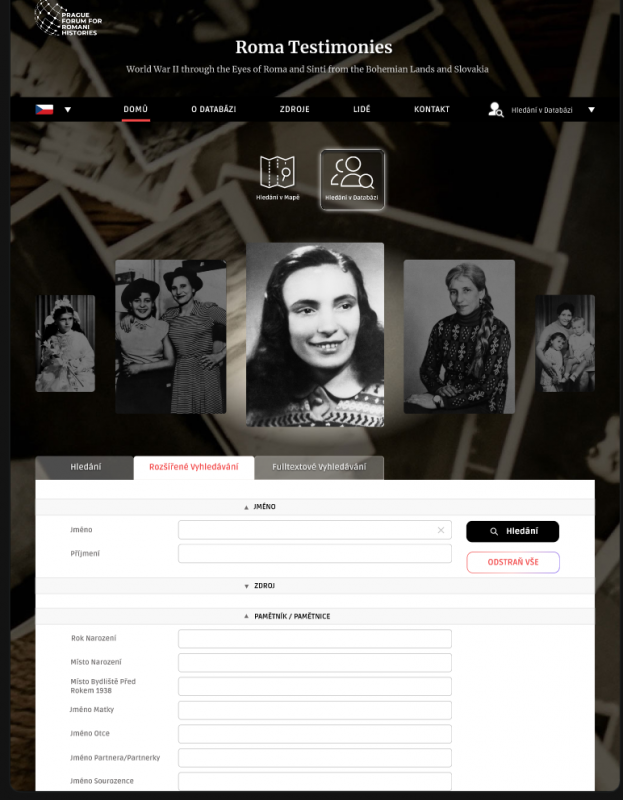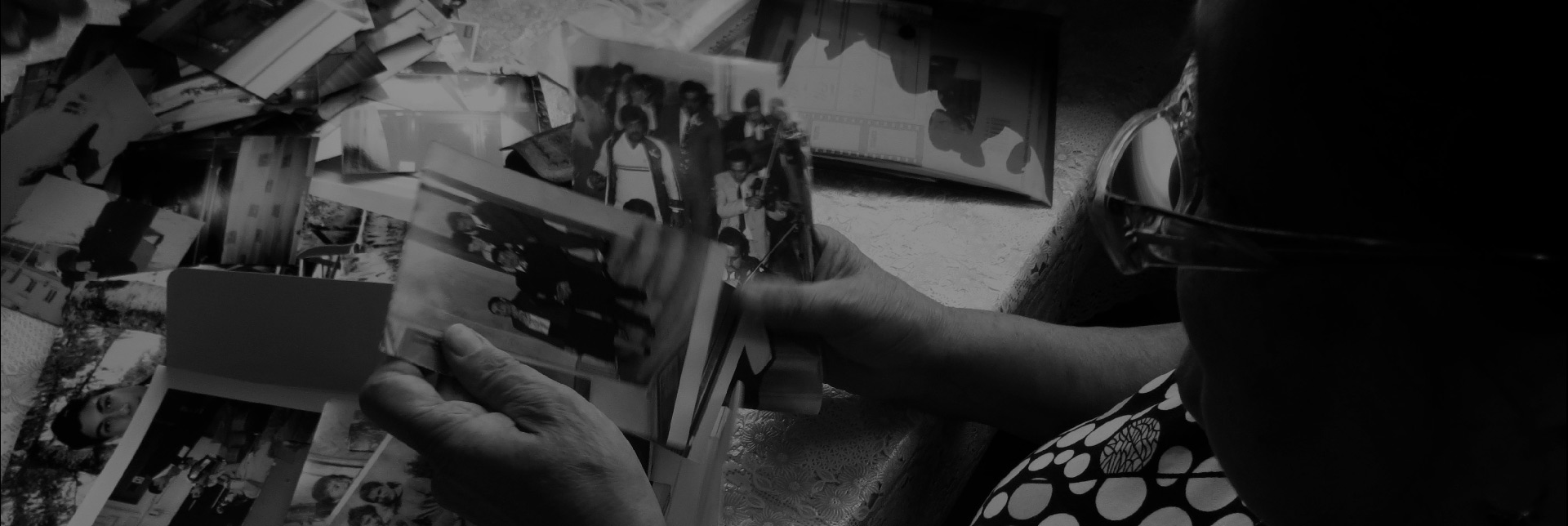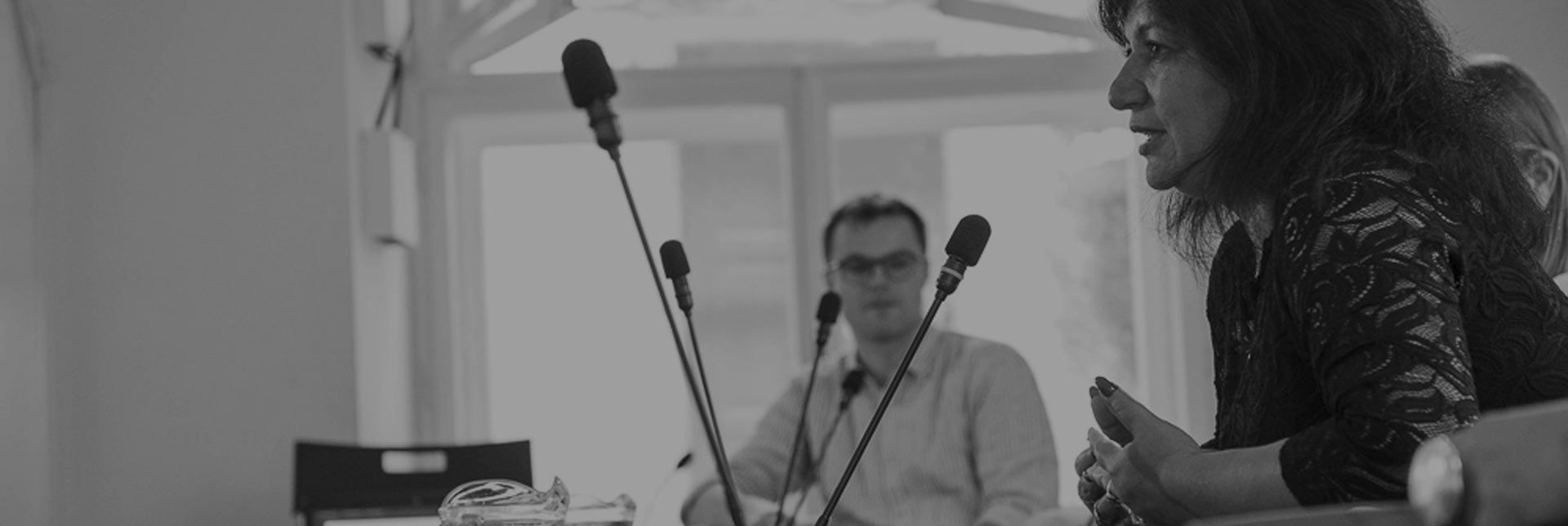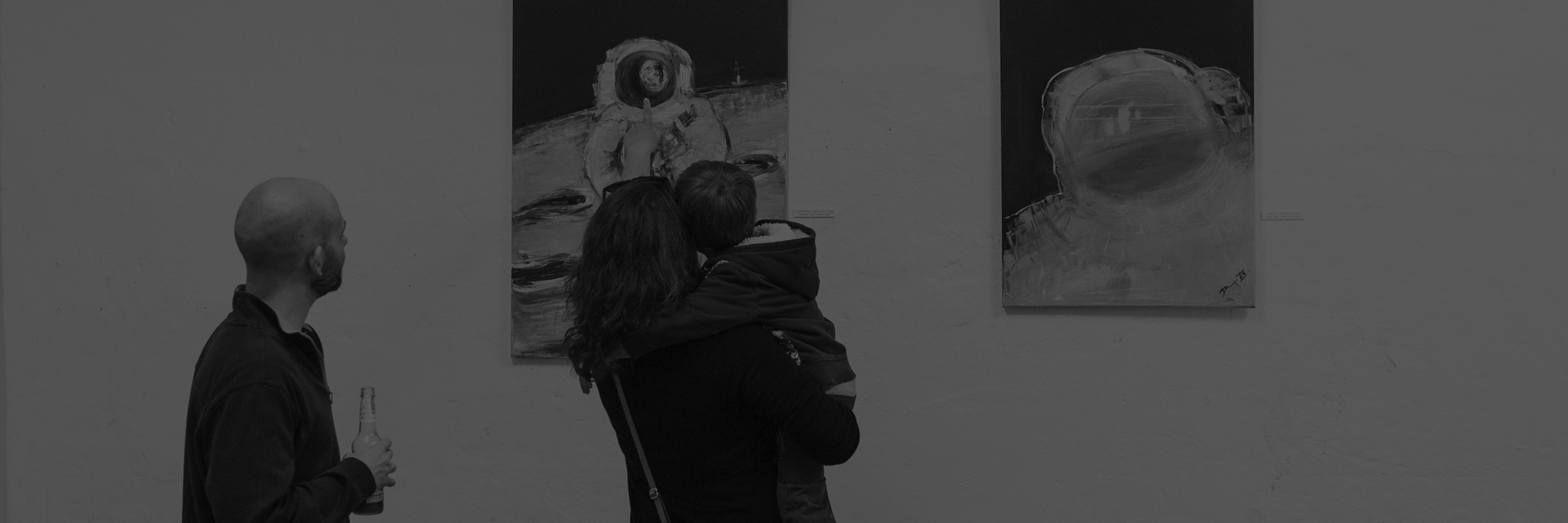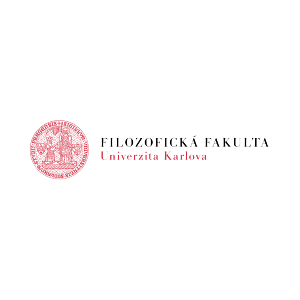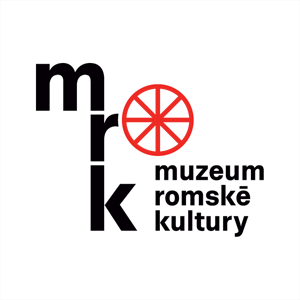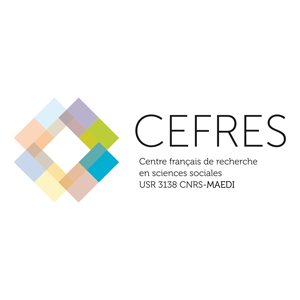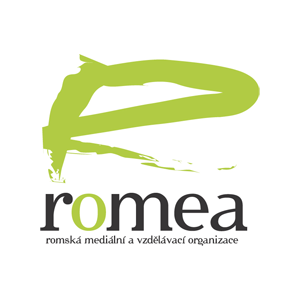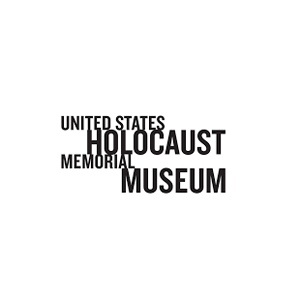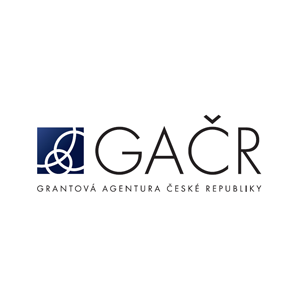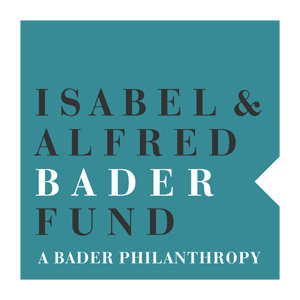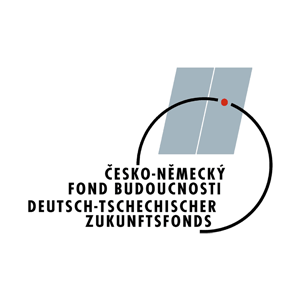Database of Romani Testimonies
The experience of the Roma and Sinti during World War II is still a neglected topic, although the consequences of the wartime genocide and persecution are still felt by Roma communities today. Moreover, even in the few publications about the Roma and Sinti Holocaust, the perspective taken from documents written during the war by the state administration and police forces often prevails. On the contrary, the key idea of our project is to convey to the widest possible readership the testimony of the Roma and Sinti themselves and thus their personal and irreplaceable experience of the Second World War. We hope that the Roma Testimony project will contribute to greater awareness of their genocide and will be an irreplaceable source of information for researchers, relatives of the victims, or anyone else interested in this important topic.
Firstly, we defined the project geographically: we focused on the testimonies of Roma and Sinti from the Czech lands (today’s Czech Republic) and Slovakia. Secondly, we are only processing printed testimonies into the database. A valuable part of the database is the detailed abstracts of these testimonies prepared by experts in Roma studies in cooperation with historians and linguistic stylists. All abstracts are then translated into English. These abstracts are important not only for Czech and Slovak readers, as many of the publications with testimonies are not easily accessible, but especially for users from abroad – whether researchers, members of Roma communities, or any other interested parties – as the vast majority of the hundreds of published testimonies exist only in Czech, Slovak, or Romani, and are thus inaccessible to most people from abroad.
In defining the corpus of testimonies two conditions are crucial for us. First, we are only processing testimonies of people who experienced the war themselves. As much as we know of testimonies that are part of family memory and we know them from descendants of survivors, we are only processing testimonies of people born before or during the war into the database.
Secondly, only testimonies that have already been published in print have been included in the database. In making this decision, we were particularly mindful of copyright and the consent of the survivors to publish their memories. Although we are aware that there are many other testimonies recorded (video or audio) by individuals or non-profit organizations that contain very valuable information, we decided to limit our selection to testimonies published in print. For printed testimonies, especially in book form, we hope that the witnesses not only agreed to the publication but also had the opportunity to authorize the text.
Within the database, the testimonies are analysed according to several criteria that allow detailed searches and their classification, for example, according to the type of war experience (imprisonment, participation in armed combat, resistance, rescue, hiding, etc.). In the analysis, we then focused mainly on geographical data. Therefore, maps are an integral part of the database, which allow us to show the war trajectory of individuals and groups, to show, for example, the locations of mass murders or fighting, or to search for testimonies related to a place.
